Have you ever thought that Japanese people find it hard to express their feelings? Actually, many of us rarely gesture, hug, kiss and speak out loud our feelings in public. Of course, we have a lot of feelings in mind. Today, I’d like to pick out one of the most heart-warming feelings – “gratitude.” If you get a chance, why don’t you join my exploration to find “Thank you” in Japan? Just lie-back, relax, and come with me!
Prior Information
Do you know how to say “Thank you” in Japanese? It’s “Arigato (ありがとう).” The formal way of saying it is “Arigato gozaimasu(ありがとうございます),” and we often use its past tense “Arigato gozaimashita(ありがとうございました)” as well.
1. Utility Pole
Let’s take a walk. Here’s a sign on a utility pole. It says “Thank you for stopping.” This is a message for drivers. Do you think it’s common sense for drivers to stop when they see pedestrians who want to cross the road? Unfortunately, there’re many drivers who don’t do that at crosswalks without traffic lights in Japan. I think this is a warning for drivers to stop to protect pedestrians.

2. Restroom
Oh, do you want to go to the restroom? OK. Let’s drop by the public restroom there. Look at the sign on the left. It says, “Cleaning in progress. Caution! Watch your step!” Don’t worry. We can use it now.
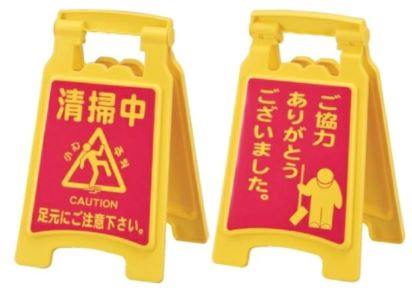
Are you ready to go to the next place? Don’t miss the sign on your right. It says “Thank you for your cooperation,” with a picture of a bowing worker. By the way, did you notice the sign in the restroom stall? “Thank you for keeping the restroom clean.” If you see it, all you can do is use the toilet as cleanly as possible.
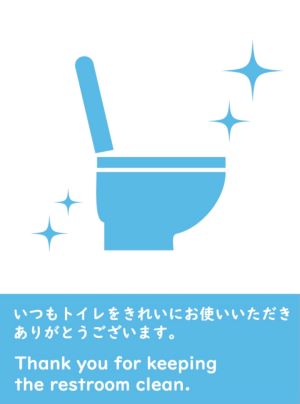
A similar sign can be seen at convenience stores too. Can you see that message? “Dear customers. Thank you for using our place cleanly every time. From the store manager.”
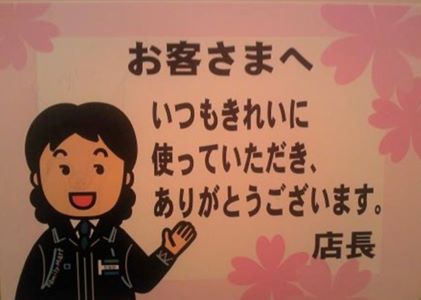
https://www.family.co.jp/english.html
3. Beauty Salon
Wow! Look at the blackboard in front of the beauty salon. It says “Dear kind someone, thanks for picking up our fallen signboard on the stormy day.” What a heart-warming message! It shows the owner’s good personality. This is exactly “The chain of thank you”!!
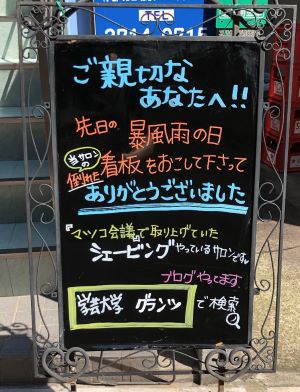
4. Sweets
We love giving small presents. Many Japanese often buy a box of sweets and give them out to their friends, family or coworkers. It’s easy to find sweets which are individually wrapped in Japan. These are cookies with messages on them. Some people prepare these kinds of small gifts for the last day when leaving a certain group or a division in a company. The message says, “Thank you.” It’s a nice way to show the person’s gratitude for his/her coworkers.

https://www.amazon.co.jp/s?k=COOKIE+MAIL&language=en&ref=bl_dp_s_web_0
5. Box and Pack
This is a pack of soy milk. After drinking it up, we should wash its inside and fold it to recycle. OK, let’s do it. Can you see the hidden “Thank you” on the pack? It says “Thank you for folding!”
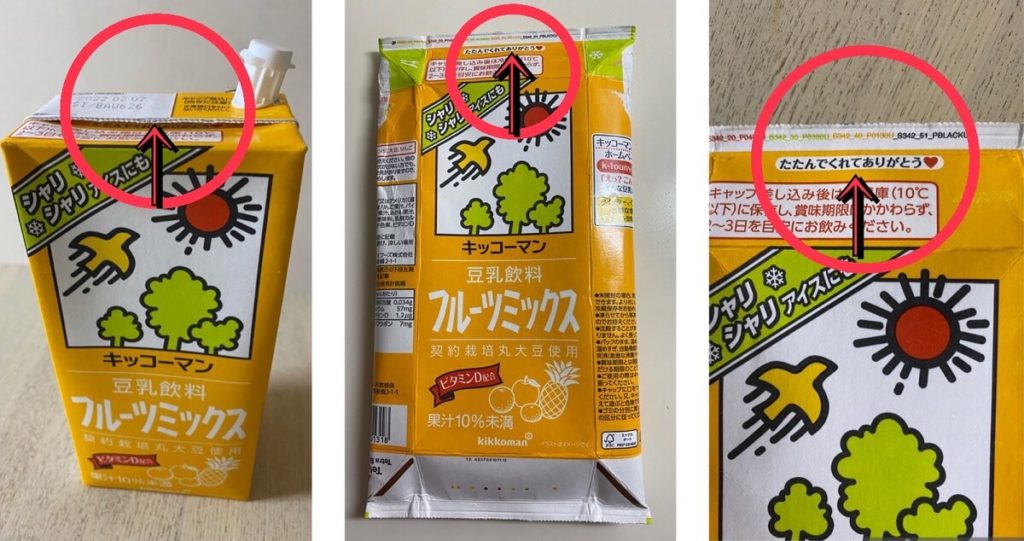
Here’s another one. This is a popular snack which is sold in Hokkaido. If you take out all the individual packs, you can see the cute heart picture with a message “Thank you.”
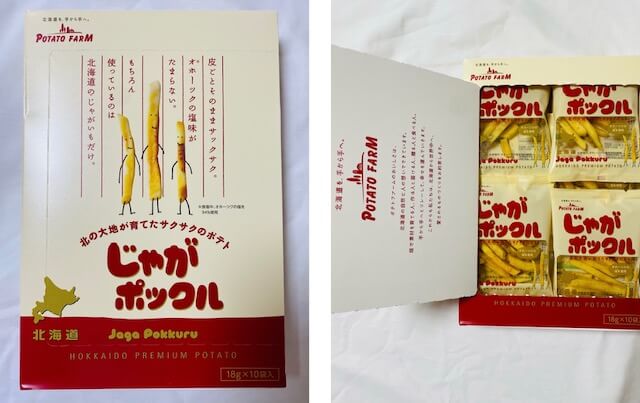
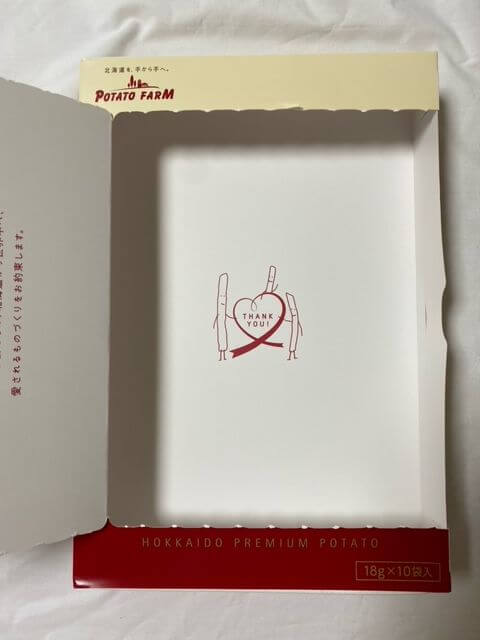
Once you hold the box, you can find the hidden message again. The potato-like characters are saying, “Thank you for folding. Have a nice day!” Only people who are going to recycle can gain a privilege to see the message.
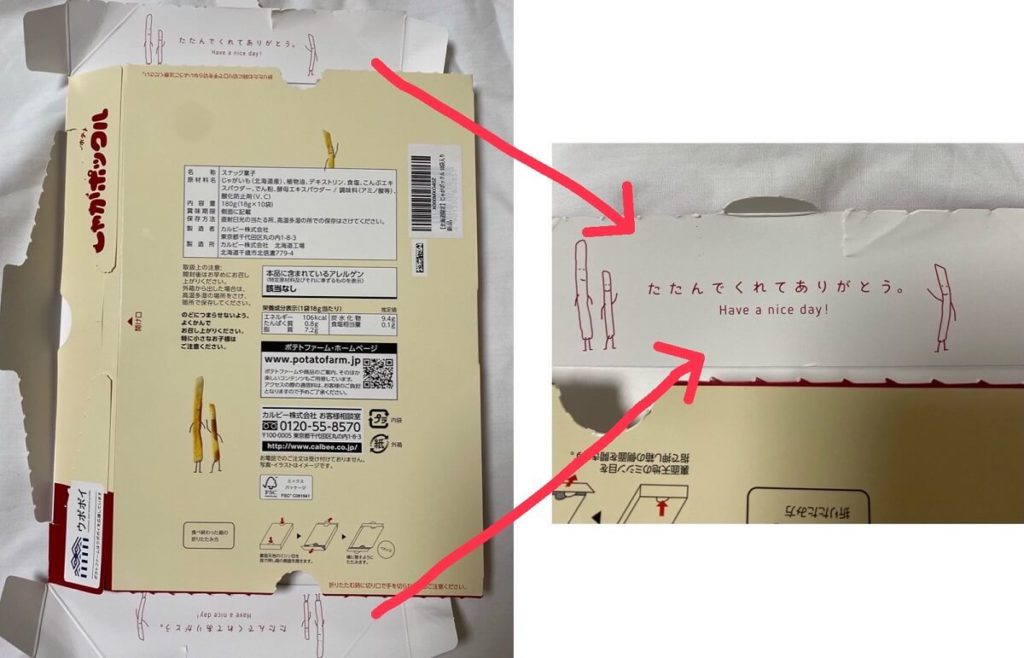
https://www.calbee.co.jp/potatofarm/en/item/jaga_pokkuru/
6. Ramen Shop
How was this stroll of finding “Thank you?” Are you getting hungry? Here’s one of the most popular ramen shops in Japan, “ICHIRAN(一蘭).”
Let’s have its wonderful tonkotsu ramen! I bet you like it.
Look! Here comes our ramen. Let’s enjoy it.
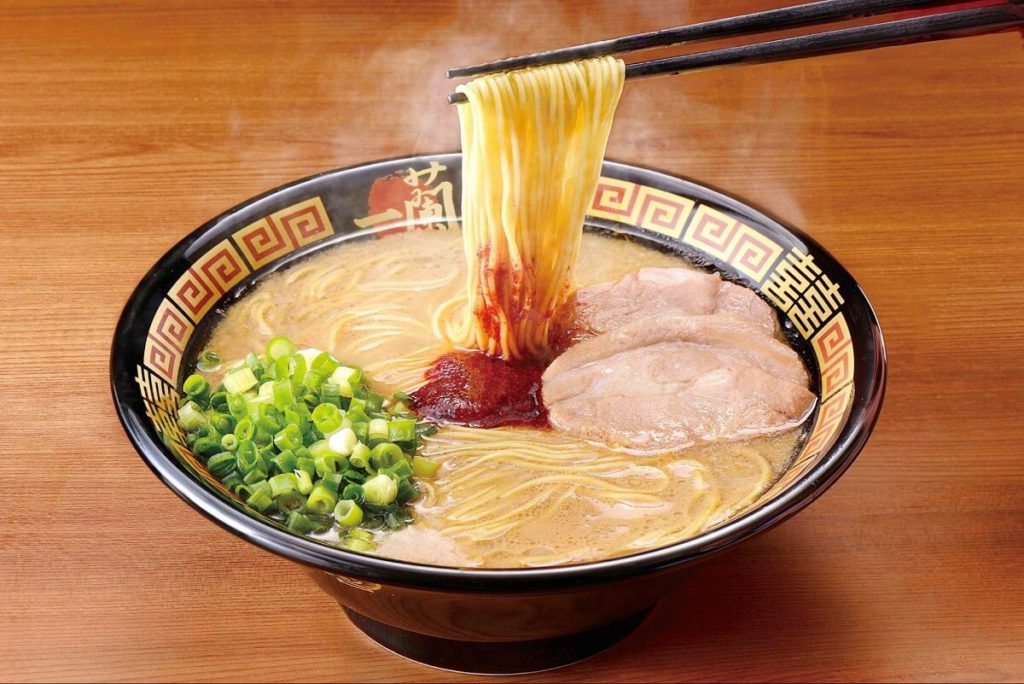
Have you drunk up the creamy collagen rich soup? Can you see the message at the bottom of the bowl? It says, “This last drop is the pinnacle of joy (この一滴が最高の喜びです).” I heard each bowl is individually handcrafted. It doesn’t say, “Thank you,” but it is the shop’s better way to show its gratitude. From this message, we can feel ICHIRAN’s thankfulness to the customers who enjoyed the ramen to the last drop.

A Bonus segment
In 2017, a popular curry company “Nakamuraya(中村屋)” implemented an interesting campaign. It is said this company sold Indian curry for the first time in Japan. The company celebrated the 90 year anniversary of its first release. In the campaign, they put up huge signboards in Delhi, which say, “Thank you” in Japanese. According to a website, it was a message to Indian people to say, “Thanks for teaching us such a wonderful dish!” As you know, many Japanese love curry, so I can understand the feeling that we want to show our gratitude to Indian people. If you visit the website below, you can see interesting photos!
https://kyodonewsprwire.jp/release/201706092584
Lastly…
Thanks for spending time with me today. Before saying, “Bye!” let me tell you the origin of the word, “Thank you(ありがとう).” It is sometimes written like “有難う(Arigato)” in kanji letters. “有” means “exist,” and “難” means “difficult,” so” 有難う(Arigato)” means “Things that are hard to happen.” We tend to take some things for granted, but all of the things we found today come from someone’s thoughtfulness.
I assume there are tons of “Thank you” messages in your country too. I hope you will be delighted to find them.
Thanks to writing this blog, I could have a lot of chances to say “Thank you” and get “Thank you” messages from the people who helped me introduce the signs relating to this article.
Last of all, “Thank you for reading my blog!!”
Working for an English language school. My source of energy is our students’ smiles full of curiosity. I love visiting my friends in and outside of Japan.

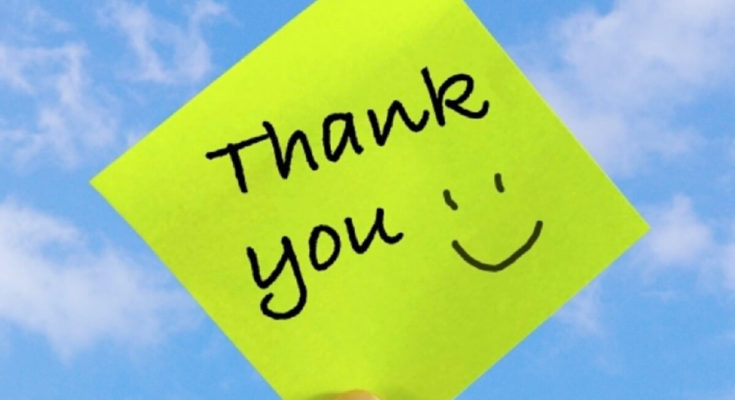

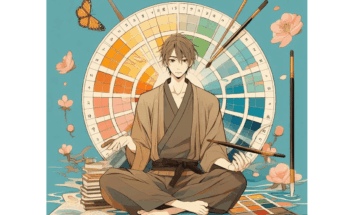

 HTJ has a YouTube page! Check it out
HTJ has a YouTube page! Check it out
Dear Rei,
I find the whole gamut of Japanese feelings fascinating. After living in Japan for ten years, some of my US and Canadian friends and family said that I’d become “cold” because I didn’t show my emotions or hug and kiss as much as I’d done in the past. I’d love to know more about how people show their affection.
It might be a tough article to write.
– Manning
That’s a great suggestion for my future article! It will be definitely challenging though. It might be tough for foreign people to understand our ways of showing affection, even for me, sometimes! haha! I hope this article will help people in the world to understand Japanese people a bit.